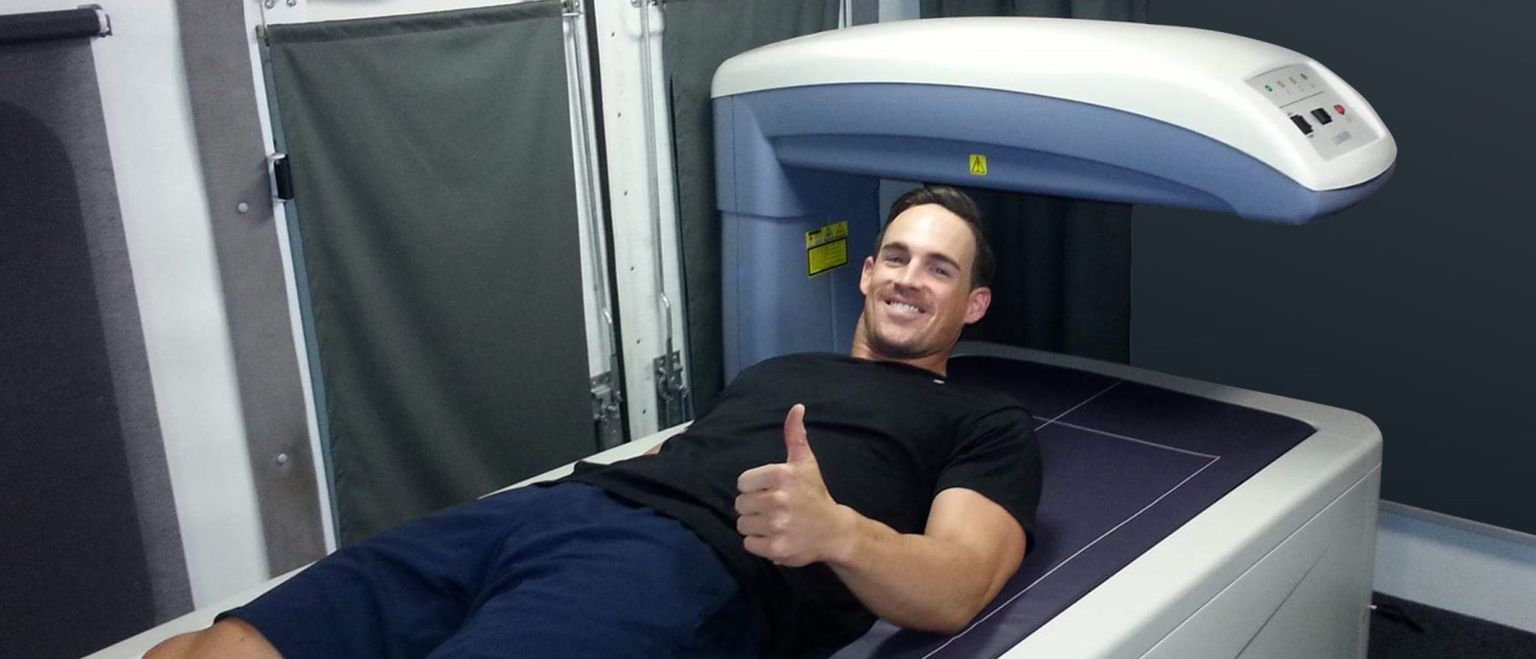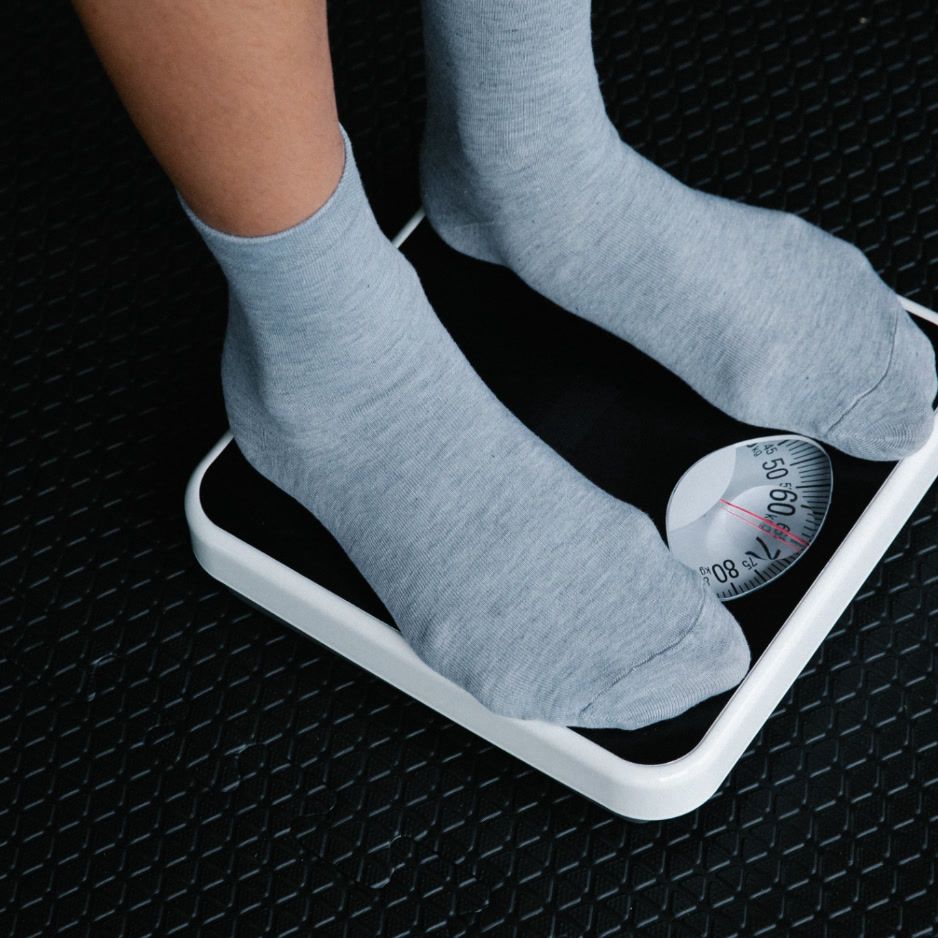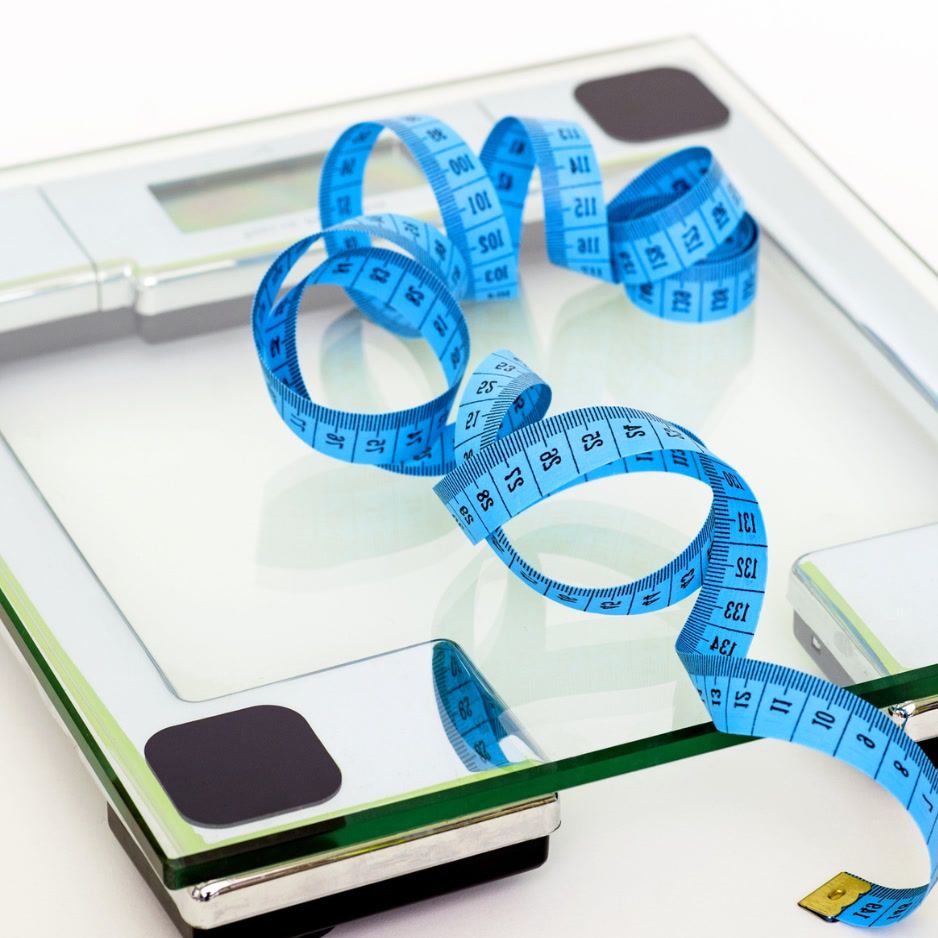The Hard Facts About Bone

Typically, when you hear people at the gym talking about working out, the end goal is to shed body fat, build muscle, or tone the muscle they currently have. We often overhear conversations with gym slang centered around muscle development - huge pump, getting jacked, muscle burn out, etc. Activating muscles in order to keep force production high drives athletes to get bigger, faster, stronger.
Get weekly updates.
But why doesn't anyone ever talk about bone strength? Granted, we don't necessarily see the visual cues of increased bone strength, but your skeletal structure is the foundation for force production potential, and ultimately lays the building blocks to support an integrated training approach to gain size, strength, speed, power, and other athletic functions.
Bone Physiology Basics
Why do we need healthy bones? Simply put, bones provide a support structure for muscle. As you develop muscular strength, bone mineral growth must also occur to provide support for growing muscle tissue.
Bone growth is initiated by cells called osteoblasts. However, bone growth is not prompted unless there is sufficient force exerted on existing bone. The term Minimal Essential Strain (MES) refers to the threshold stimulus that initiates new bone formation. Osteoblasts only get signaled to migrate to a particular region and form new bone when you are consistently exceeding the MES in that region. Naturally, forces not exceeding the MES do not present a stimulus for new bone formation.
Building and Maintaining Healthy Bones
What does this mean for you? It means that load-bearing exercises are critical to exceeding the MES and increasing bone strength and size - not just repetitive cardio. Stronger forces of muscular contraction performed during these exercises will increase the mechanical stress on bone, and bone must subsequently increase in mass and strength to provide a sufficient support structure for growing muscle mass.
Keep in mind that following bone growth, the same force that previously exceeded the MES will now be below the MES threshold, which highlights the importance of progressive overload for increasing bone size and strength.
With a BodySpec DEXA scan, you're provided with a quantitative measurement of your Bone Mineral Density, or BMD. This is the quantity of mineral deposited in a given area of bone, and it is positively correlated with an increase in muscle strength or mass. Be careful, however, because immobilization or inactivity actually results in a more rapid rate of BMD loss. Researchers have reported that resistance-trained athletes have higher BMD than age-matched sedentary control subjects. That means that not exercising not only affects your fat and muscle mass levels - it also affects your bone health!
An important consideration is that bone growth and increased BMD is not an overnight process. Quantitatively increasing BMD via resistance training is a long-term process, typically 6 months or longer depending on the program structure. So if you don't see immediate changes to your BMD, that's okay. Keep training, and stay focused on your program. As muscle hypertrophy occurs, increases in bone strength are a natural progression to supporting your physiological development.
BodySpec continues to arm individuals with accurate, actionable, and concrete data to help individuals better understand their bodies in an effort to improve and achieve personalized goals. In addition to BMD, BodySpec also calculates body fat percentage, lean tissue mass, and resting metabolic rate (RMR). Time to take action - time to get your BodySpecs!


